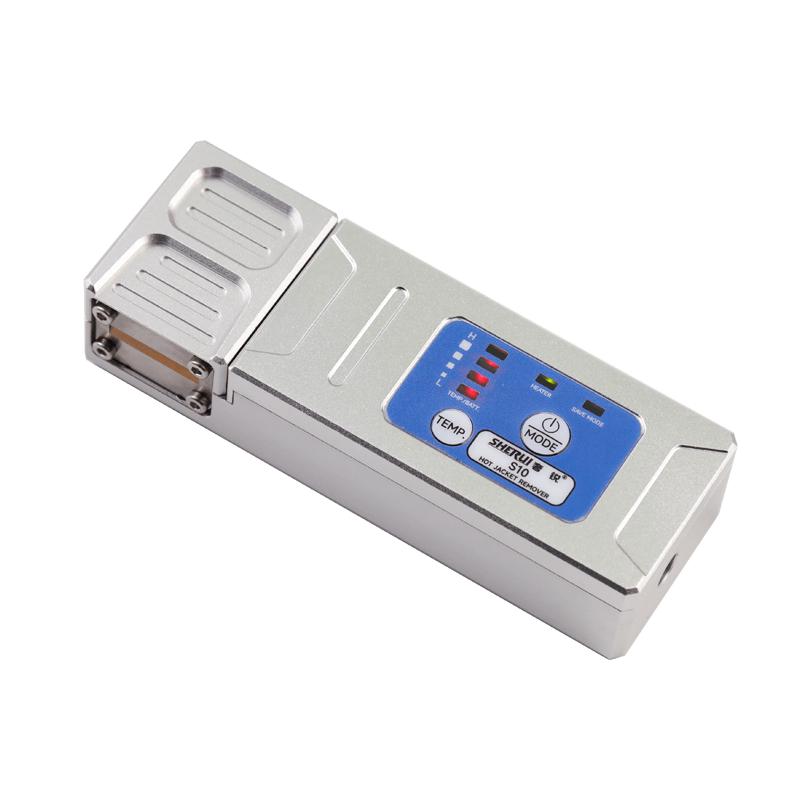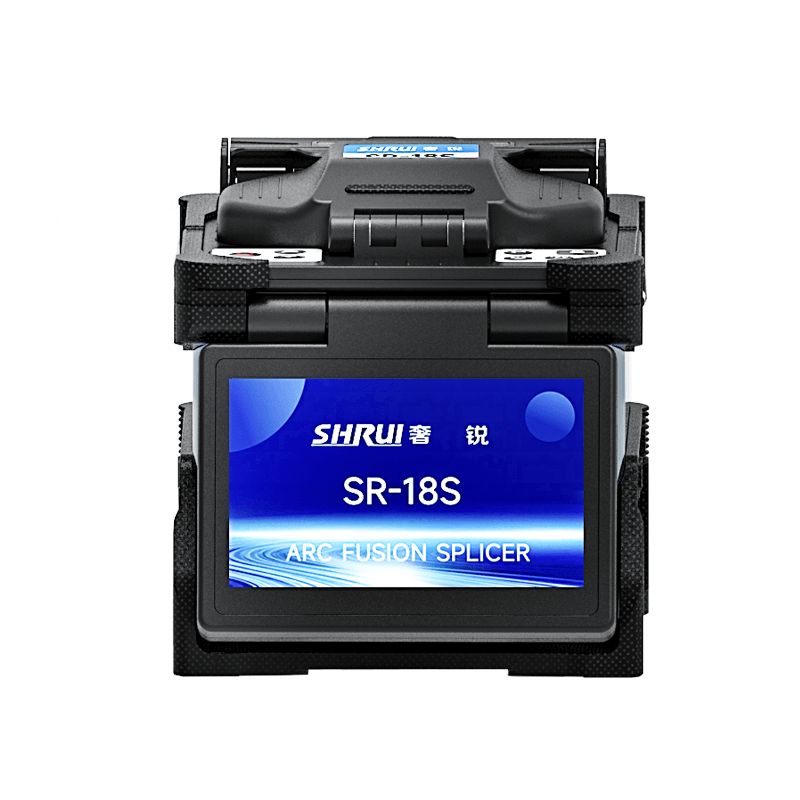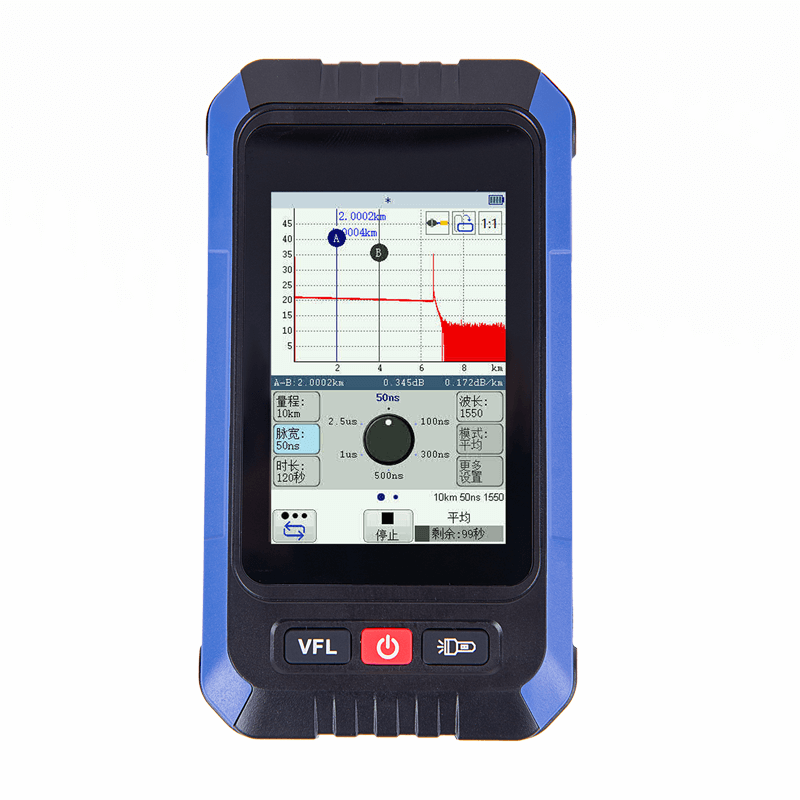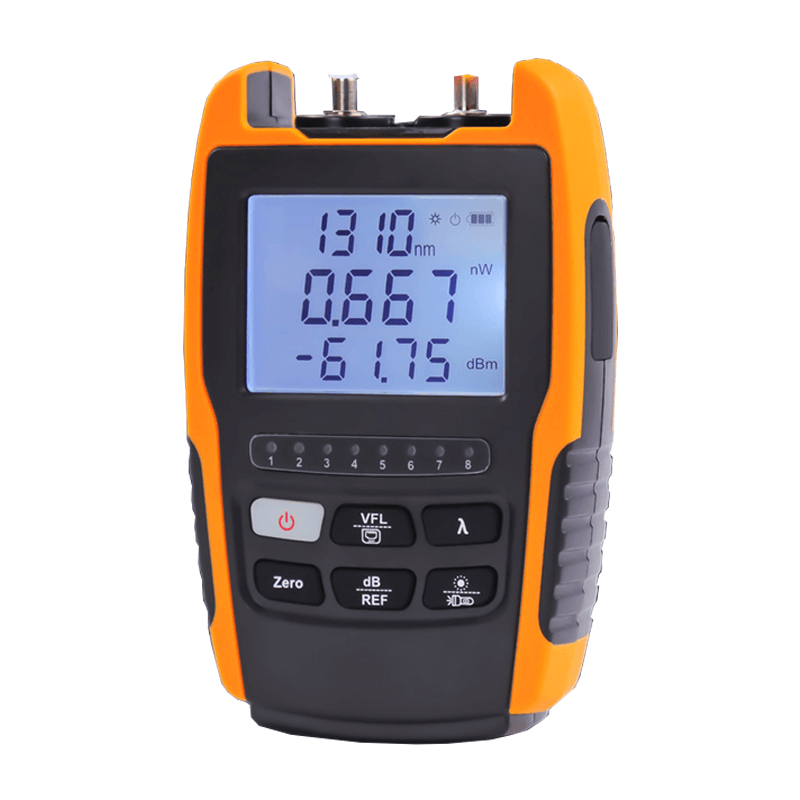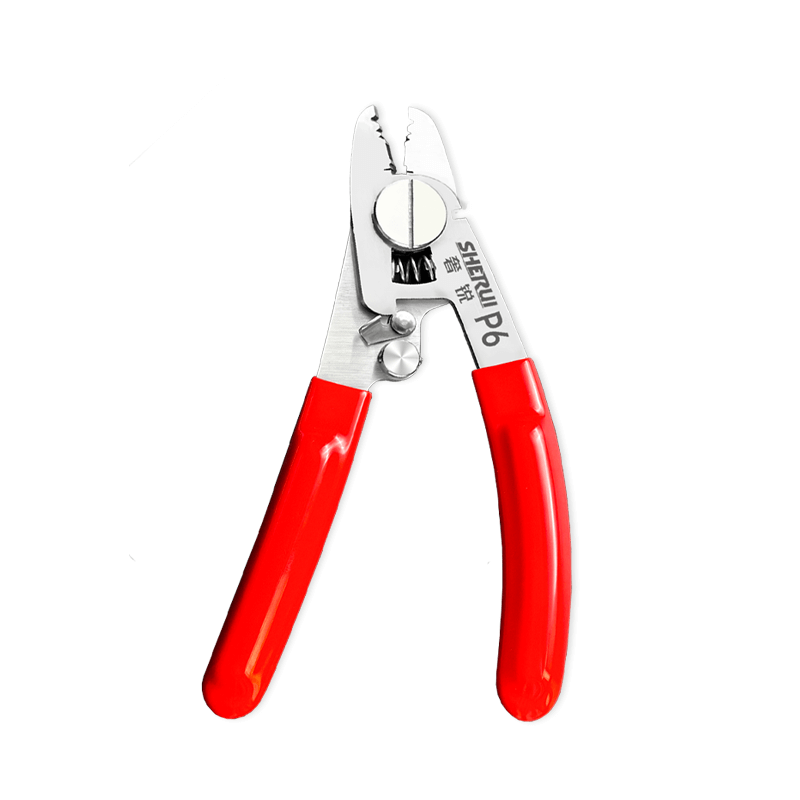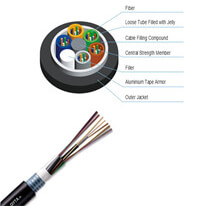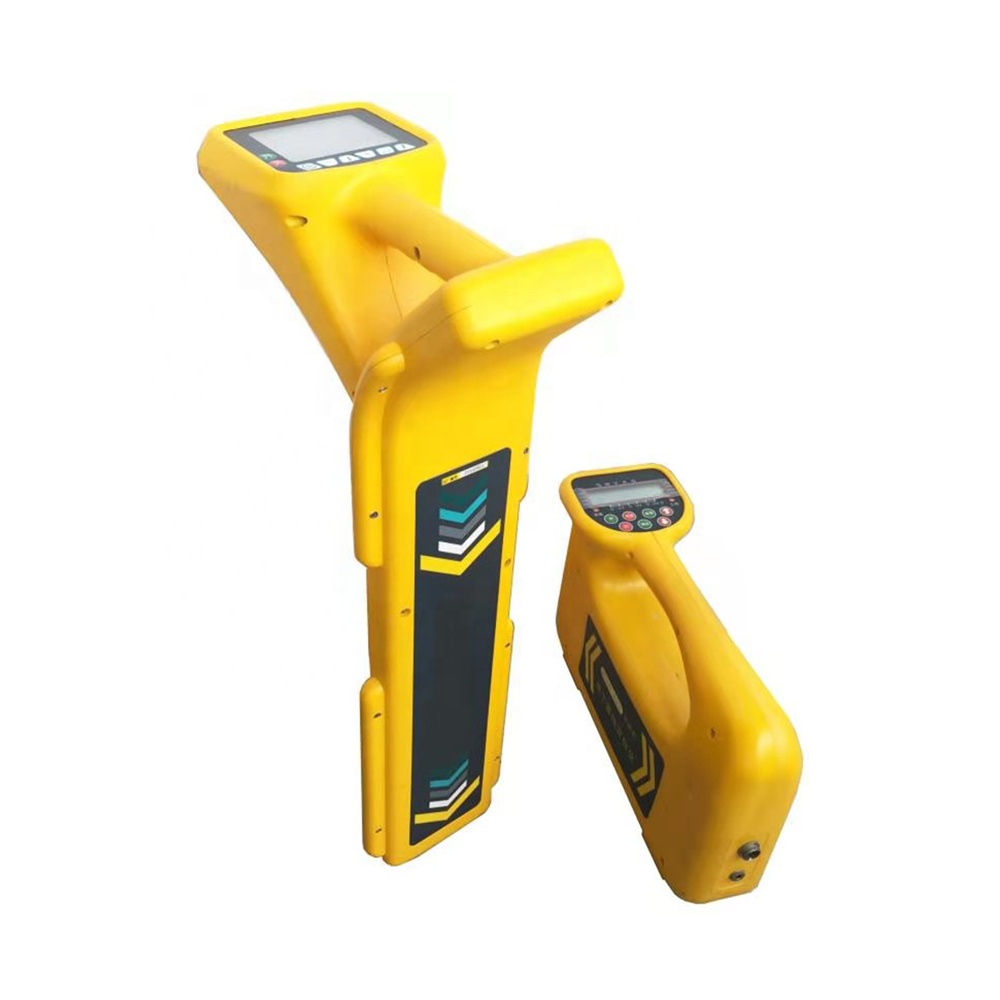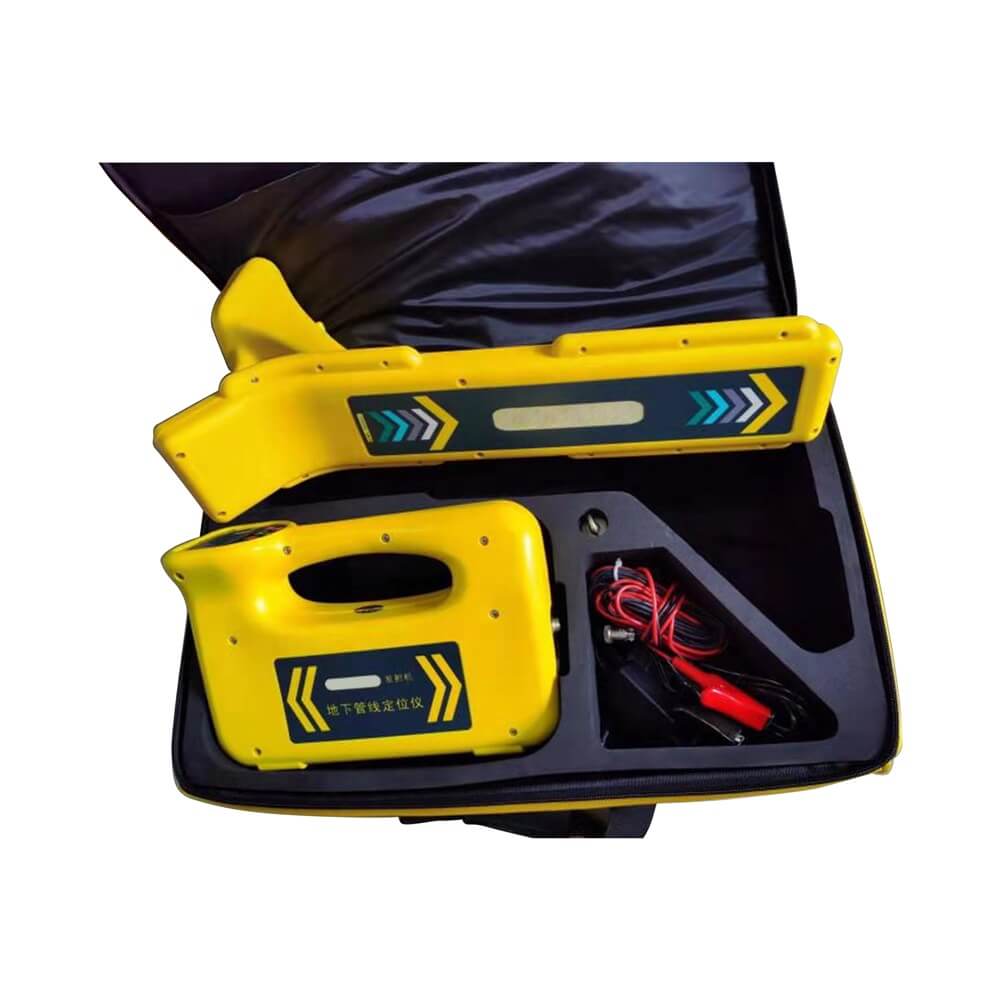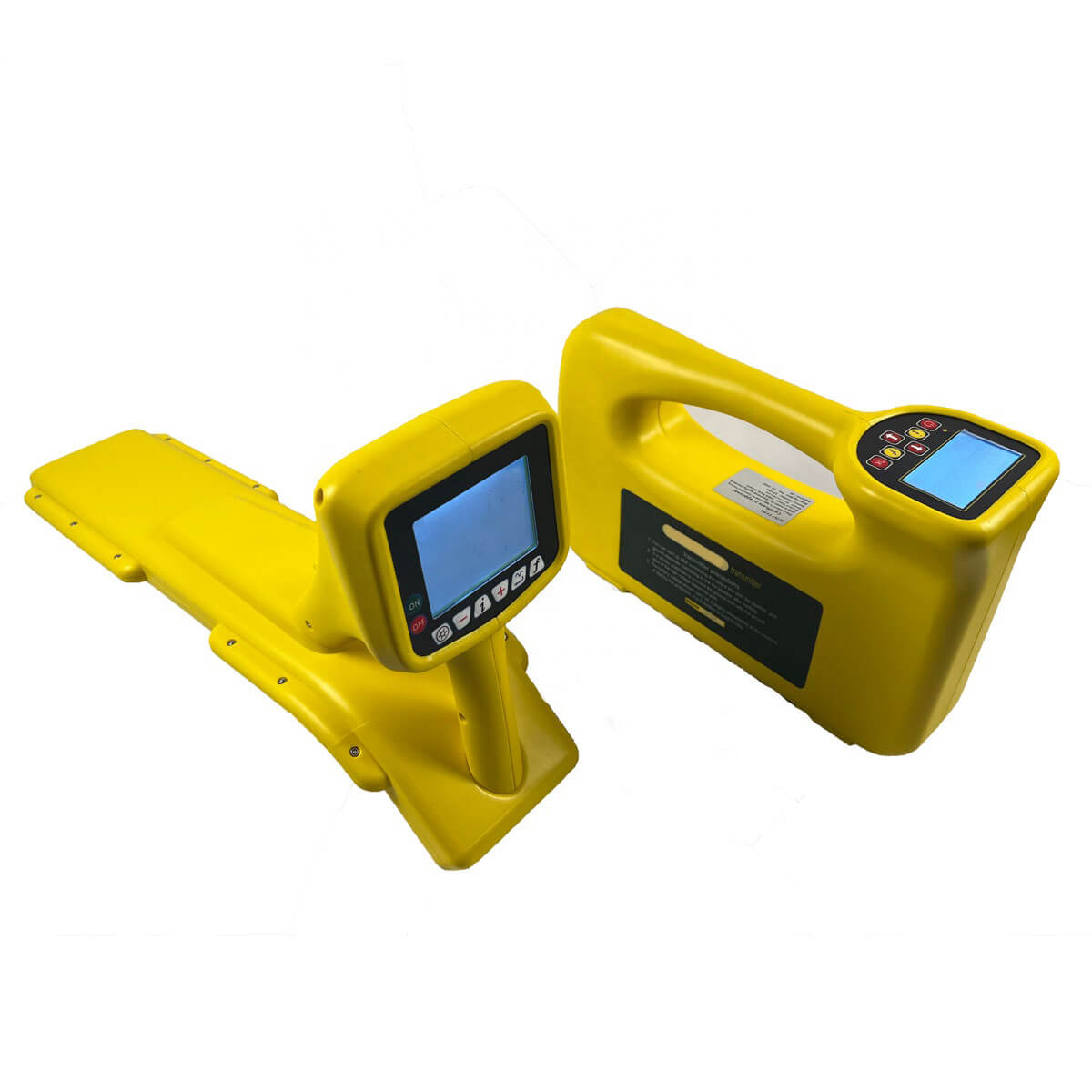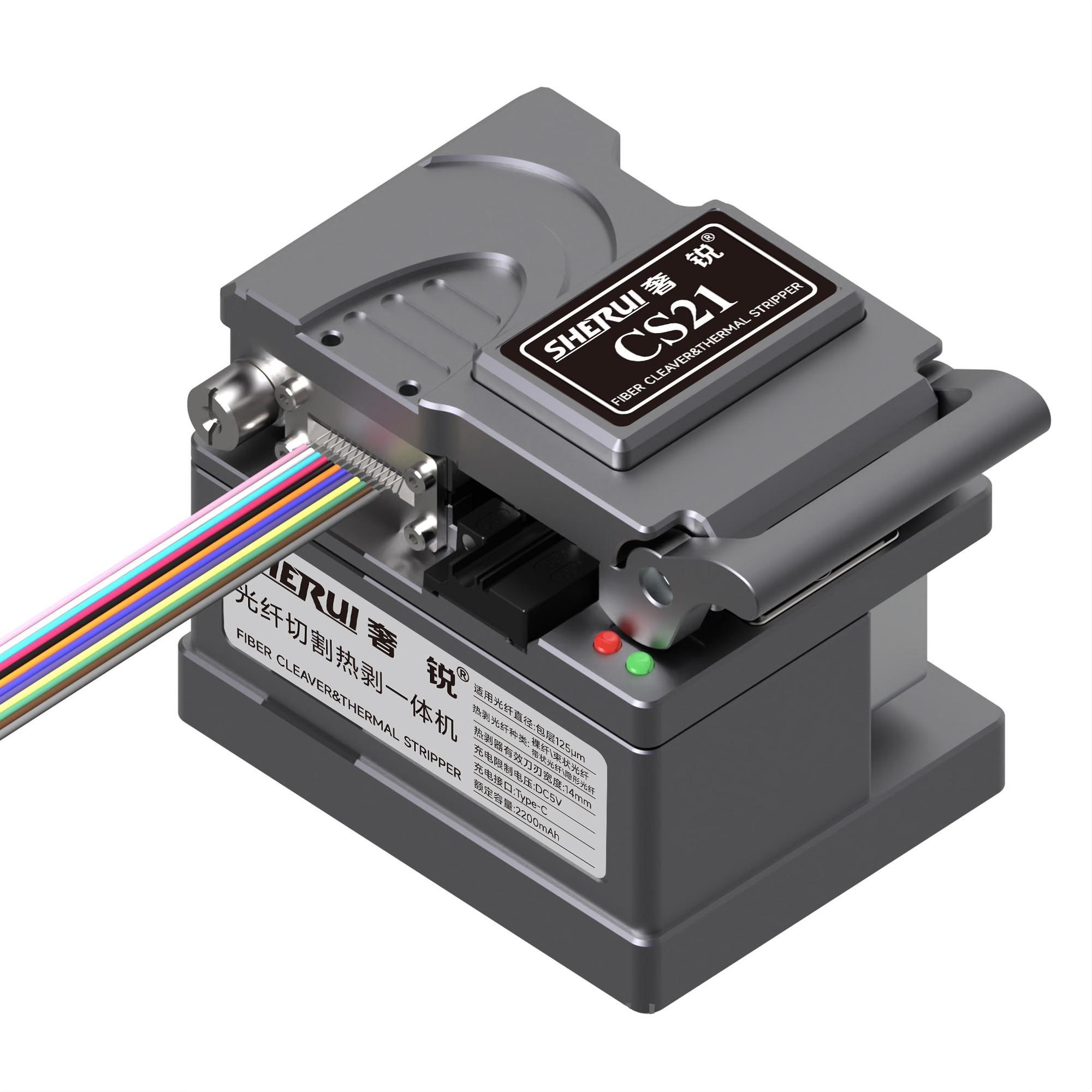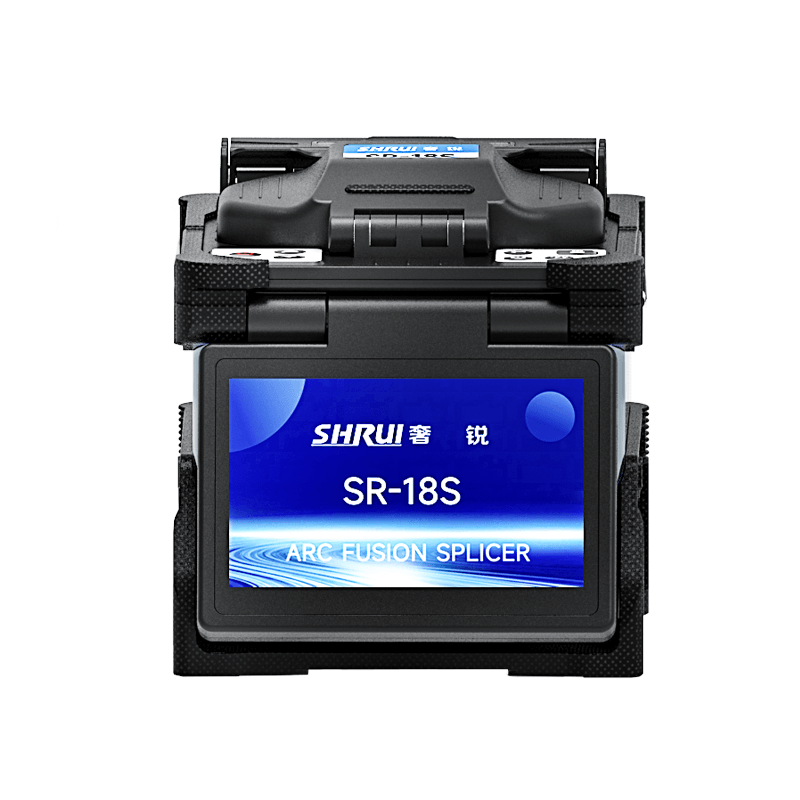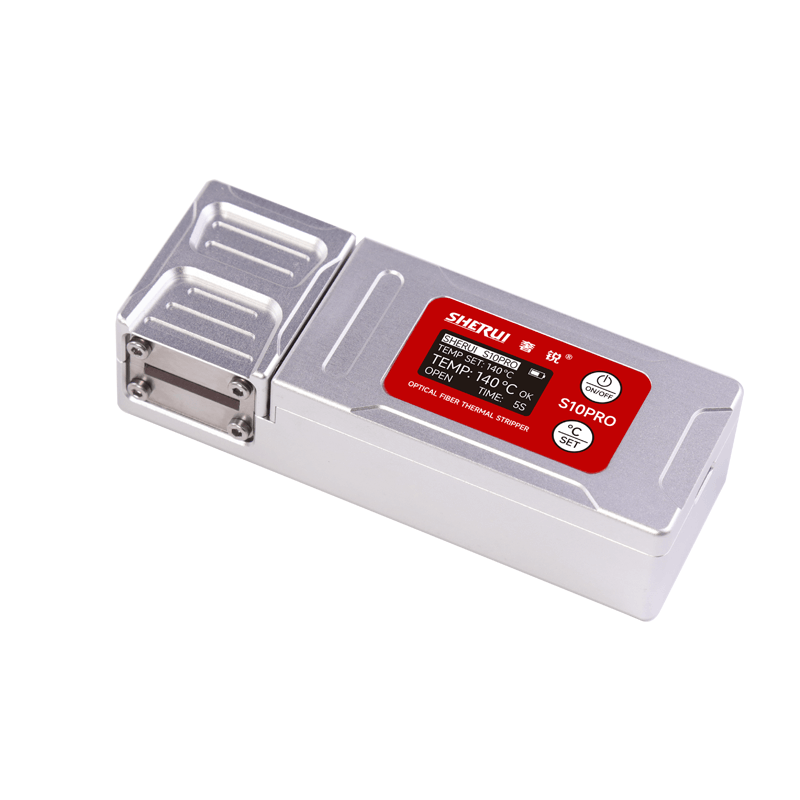The SR8018 underground cable fault detector is designed by domestic professional R&D team. It integrates the most advanced technologies such as ultra-narrowband filters, which has an excellent anti-jamming capability, precise positioning and sounding. It is suitable for the detection of various underground metal pipelines. Pipeline inspection, pipeline management and maintenance, municipal planning and construction, power supply and other departments of pipeline inspection, it is one of the necessary equipment for pipeline maintenance units.
Features
Multi-function
1. Transmitter function: It has three signal application modes: induction method, direct method and clamp method, which are suitable for different occasions.
2. Receiver function: It is used to detect the position, direction and depth of the underground cable.
3. The left and right positioning arrows indicate the position of the target cable, and the positioning is fast and accurate; the front and rear arrows and the dB value indicate the position and size of the cable fault point.
4. With backlight function, it is suitable for night rescue.
5. Accurate positioning for the buried cable fault point
6. Current measurement: Measure the current applied by the transmitter to the cable under test.
7. Multi- meter function: can measure output voltage, current, impedance and power. And test cable continuity and insulation quality during the detecting cable fault process.
8. External inductive clamp: suitable for detecting the cable cannot be directly connected to the application of the signal.
High accurate positioning
Multiple measurement modes for cable positioning (valley mode, peak mode, wide peak mode, peak arrow mode) can be mutually verified to ensure cable positioning accuracy.
1. Maximum value method: The peak component, wide peak mode, and peak arrow mode can be used to determine the change of the horizontal component or the horizontal gradient, according to the position of the maximum value;
2. Minimum value method: In the valley mode, by measuring the change of the vertical component, it is positioned according to the position of its minimum value.
Many sounding methods
A variety of sounding methods are optional and can be mutually verified.
1. Double horizontal coil direct reading method;
2. Single horizontal coil 80% method, 50% method.
Strong anti-interference
1. Many observation parameters: It can measure horizontal component, vertical component and horizontal gradient.
2. The transmission power is large: the transmitter output power is up to 10W and continuously adjustable, arbitrarily selected according to needs.
3. More working frequency:
Transmitter frequency: 128 Hz, 512 Hz, 1 KHz, 2 KHz, 8 KHz, 33 KHz, 65 KHz, 83 KHz.
Receiver frequency: radio, 50Hz, 100Hz, 512Hz, 1KHz, 2KHz, 8KHz, 33KHz, 65KHz, 83KHz (the instrument model is different, the receiving frequency is also different).
Select the appropriate operating frequency based on the target cable characteristics (material, structure, depth, length, etc.) and environment.
Easy operation
1. Intuitive: Using a graphic display, it can continuously and real-time display various parameters and signal strength during the detection process.
2. Automatic: Automatically switch to the dual horizontal antenna mode when measuring depth, and automatically adjust the receiver sensitivity to make the measurement signal reach the best. The sounding is automatically restored to the working mode before the sounding.
Continuously working time with low cost use
The transmitter is equipped with a large-capacity lithium battery pack, which can meet the power supply needs of the field for one working day, and can be recycled, It greatly reduces the detection cost.
AC, DC Dual use of the transmitter
Under normal conditions, if the transmitter battery is fully charged, we use the built-in battery pack to supply power. If the transmitter battery is insufficient during the use, but the detection task is not completed, you can directly connect a dedicated power adapter, and the instrument can be used normally without waiting for the instrument to be fully charged.
Technical Parameter
Receiver
Positioning accuracy: ±5% of depth (no adjacent pipeline interference)
Depth measurement accuracy: ±5% of depth (no adjacent pipeline interference)
Current measurement accuracy: ±5% of actual current (no adjacent pipeline interference)
Depth measurement range: 0-10 meters
Working mode: valley mode, peak mode, wide peak mode, peak arrow mode
Working frequency: radio, 50Hz, 100Hz (CPS), 512Hz, 1KHz, 2KHz, 8KHz, 33KHz, 65KHz, 83KHz
Menu settings: Chinese and English settings menu.
Working temperature: -20℃ ~ +50℃
Battery: 7.4V lithium battery
Dimensions: 595mm × 136mm × 238mm
Weight: 2.3Kg (including battery)
Transmitter
Output power: up to 10W
Working frequency: 128Hz, 512Hz, 1KHz, 2KHz, 8KHz, 33KHz, 65KHz, 83KHz
Working mode: automatic conversion of direct mode, induction and clamp
Battery: 14.8V built-in lithium battery pack
Working temperature: -20℃ ~ +50℃
Dimensions: 348mm × 228mm × 84mm
Weight: 2.5Kg (including battery)
Model Choice
|
SR8018 underground cable fault detector
|
|
Technical parameters
|
A
|
B
|
C
|
D
|
E
|
|
Positioning frequency
|
5
|
6
|
7
|
8
|
10
|
|
Frequency(Hz)
|
512、1K、33K、83K
|
512、1K、33K、83K
|
512、1K、33K、83K
|
512、1K、33K、65K、83K
|
512、1K、2K、8K、33K、65K、83K
|
|
Passive frequency
|
50Hz
|
50Hz
100Hz
|
50Hz
100Hz
radio
|
50Hz
100Hz
radio
|
50Hz
100Hz
radio
|
|
Failure frequency
|
×
|
×
|
×
|
×
|
2
|
|
Fault finding
|
×
|
×
|
×
|
×
|
√
|
|
Lithium battery pack
|
√
|
√
|
√
|
√
|
√
|
|
A frame
|
×
|
×
|
×
|
×
|
√
|
|
Detector depth(m)
|
6
|
8
|
10
|
10
|
10
|
|
Data storage
|
×
|
×
|
×
|
√
|
√
|
|
GPS
|
×
|
×
|
×
|
√
|
√
|
|
Distance display
|
×
|
×
|
×
|
√
|
√
|
|
Bluetooth function
|
×
|
×
|
×
|
√
|
√
|

